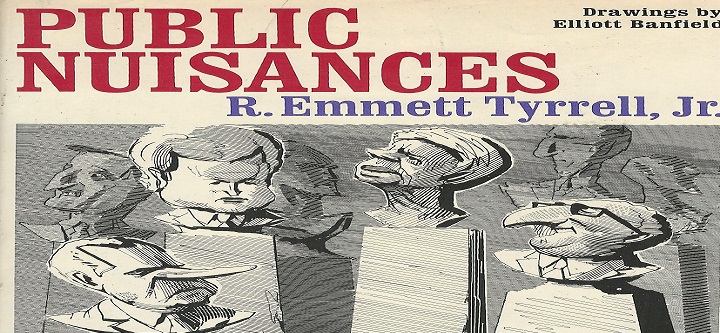As per English Criminal Law, Public Nuisance is a class of common law offence in which the injury, loss, or damage is suffered by the public, in general, rather than an individual, in particular.
Public Nuisances Relevant Provision Law
Section 133 of CrPC under Chapter X
Public Nuisances in British
an act that is illegal because it interferes with the rights of the public generally.
“it is alleged that the use of these roads by numerous heavy goods vehicles at night amounts to a public nuisance”
Public Nuisances Informal
an obnoxious or dangerous person or group of people.
“these people are a danger to themselves and others, are a downright public nuisance
What is Considered a Public Nuisance?
A legal action to redress harm arising from the use of one’s property. The two types of nuisance are private nuisance and public nuisance. A public nuisance is a criminal wrong; it is an act or omission that obstructs, damages, or inconveniences the rights of the community.
Is Public Nuisance a Crime?
A public nuisance is a criminal wrong. An act or omission that obstructs, damages, or inconveniences the rights of a community amounts to a public nuisance. A common nuisance or a public nuisance is punishable as a misdemeanor at common law. A public nuisance is an offense against the state.
Can you go to Jail for Public Nuisance?
It seems unthinkable that an individual could go to jail because they choose to use their property in a way that others do not like. However, the reality is that maintaining or creating a public nuisance is a misdemeanor with a maximum jail term of 6 months if you are found guilty.
What is a Public Nuisance UK?
Public nuisance is traditionally a Criminal Offence, defined as an unlawful act or omission which endangers or interferes with the lives, comfort, property or common rights of the general public. Though a criminal offence, a public nuisance can also give rise to a civil claim for damages.
What is an Example of a Public Nuisance?
Examples of a public nuisance include indecency, pollution, noise, and contagious disease. The exact definition may vary from jurisdiction to jurisdiction, so it is important to check your state’s laws.
What is a Public Nuisance Law?
A person is guilty of a public nuisance (also known as common nuisance), who (a) does an act not warranted by law, or (b) omits to discharge a legal duty, if the effect of the act or omission is to endanger the life, health, property, morals, or comfort of the public, or to obstruct the public in the exercise.
How do you Prove Nuisance?
To prove the existence of a public or private nuisance, the party bringing the suit (the “plaintiff”) must prove that another party (the “defendant”) engages in an activity that significantly interferes with public or private property rights. The interference must be substantial.
What Constitutes a Public Place?
A public place is generally an indoor or outdoor area, whether privately or publicly owned, to which the public have access by right or by invitation, expressed or implied, whether by payment of money or not, but not a place when used exclusively by one or more individuals for a private gathering or other personal.
What are the Elements of Public Nuisance?
To be liable for public nuisance, the defendant must have interfered with public property, or with a right common to the public.[1] Examples of public nuisance include pollution of navigable waterways, interfering with the use of public parks and the creation of public health hazards.

